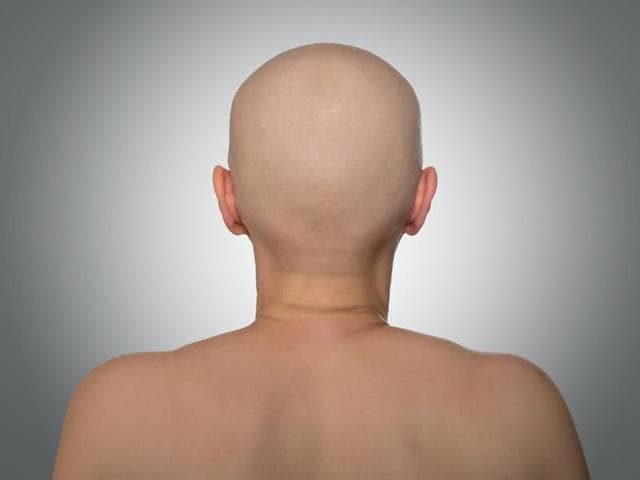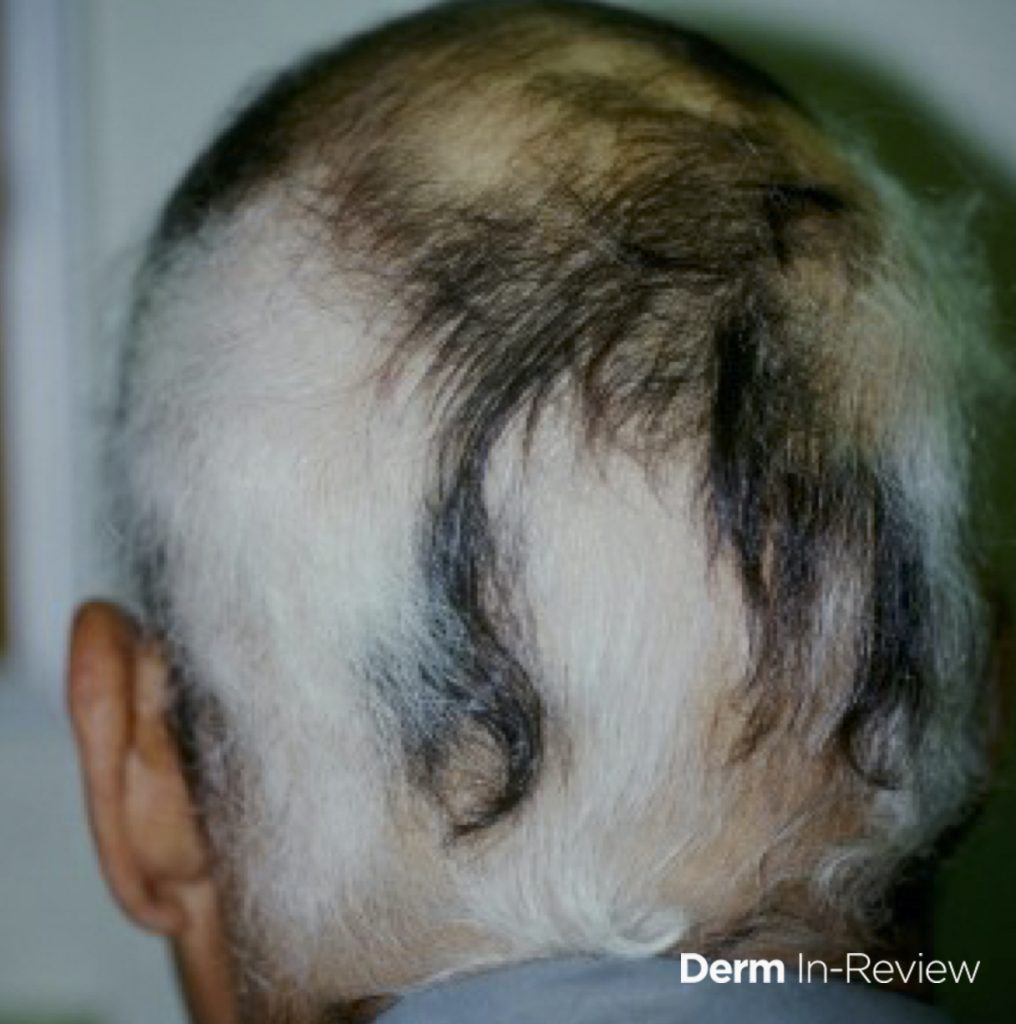

Albendazole was the suspected cause given its ability to cross the blood–brain barrier. Symptoms of persecutory delusions and auditory hallucinations improved within 48 h and resolved within 1 week.
#Alopezia areata universalis full
Remission was noted in 3 months will full restoration of normal hair observed at 11 months. Īnother case of alopecia in the form of telogen effluvium was reported in a 27-year-old female patient in her second week of a 2-week course of daily albendazole 400 mg for treatment of cutaneous larva migrans.Alopecia fully recovered 1 month after stopping the medication.

30,31Īlopecia universalis was seen in a 70-year-old male on day 20 of daily treatment with albendazole 15 mg/kg/day for Echinococcus. Other bullous diseases including dermatitis herpetiformis and linear IgA bullous dermatosis have not been reported to cause alopecia although they have been reported in patients with alopecia areata (AA) and Vogt-Koyanagi-Harada disease, respectively. 25–27 Dystrophic EB may also result in sparse hair followed by cicatricial alopecia or folliculitis-like lesions. 24 Of the junctional EB types, Herlitz junctional EB, non-Herlitz junctional EB, and junctional EB with pyloric atresia can lead to patchy or diffuse cicatricial alopecia. The relationship between blister formation and trauma results in hair loss in the occipital area most commonly. 22,23 In junctional and dystrophic EB, blistering of the lamina lucida and below causes inflammation leading to a cicatricial alopecia. Sebastian Verne MD, Mariya Miteva MD, in Alopecia, 2019 Epidermolysis BullosaĪlopecia universalis and occasional congenital alopecia have been described in patients with lethal acantholytic epidermolysis bullosa (EB) and EB simplex with muscular dystrophy, respectively.


 0 kommentar(er)
0 kommentar(er)
